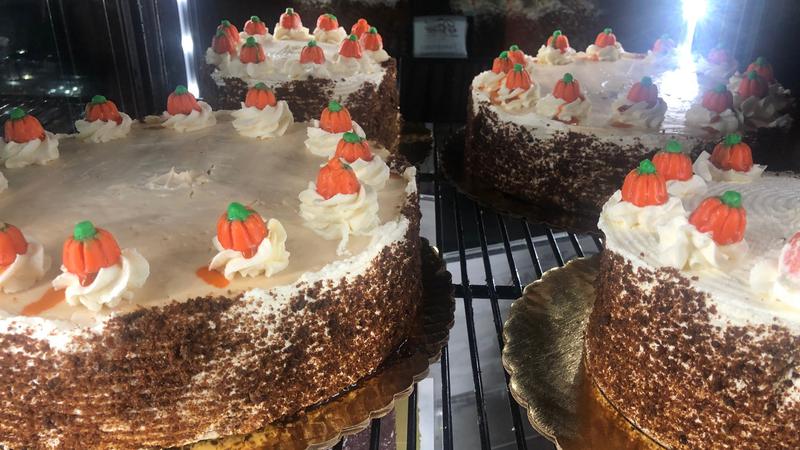
Coyotes: Beautiful creatures not to be feared
LETHBRIDGE, AB – “They’re really interesting animals to learn more about and not something that we necessarily need to be afraid of.”
That from Jessica Deacon-Rogers, Program Coordinator at Lethbridge’s Helen Schuler Nature Centre.
She spoke with Lethbridge News Now about coyotes, after an LNN reader reported seeing a pack of the creatures in the Paradise Canyon area last week.
“Coyotes will actually form in packs during the winter because it is harder to find food,” Deacon-Rogers said.


